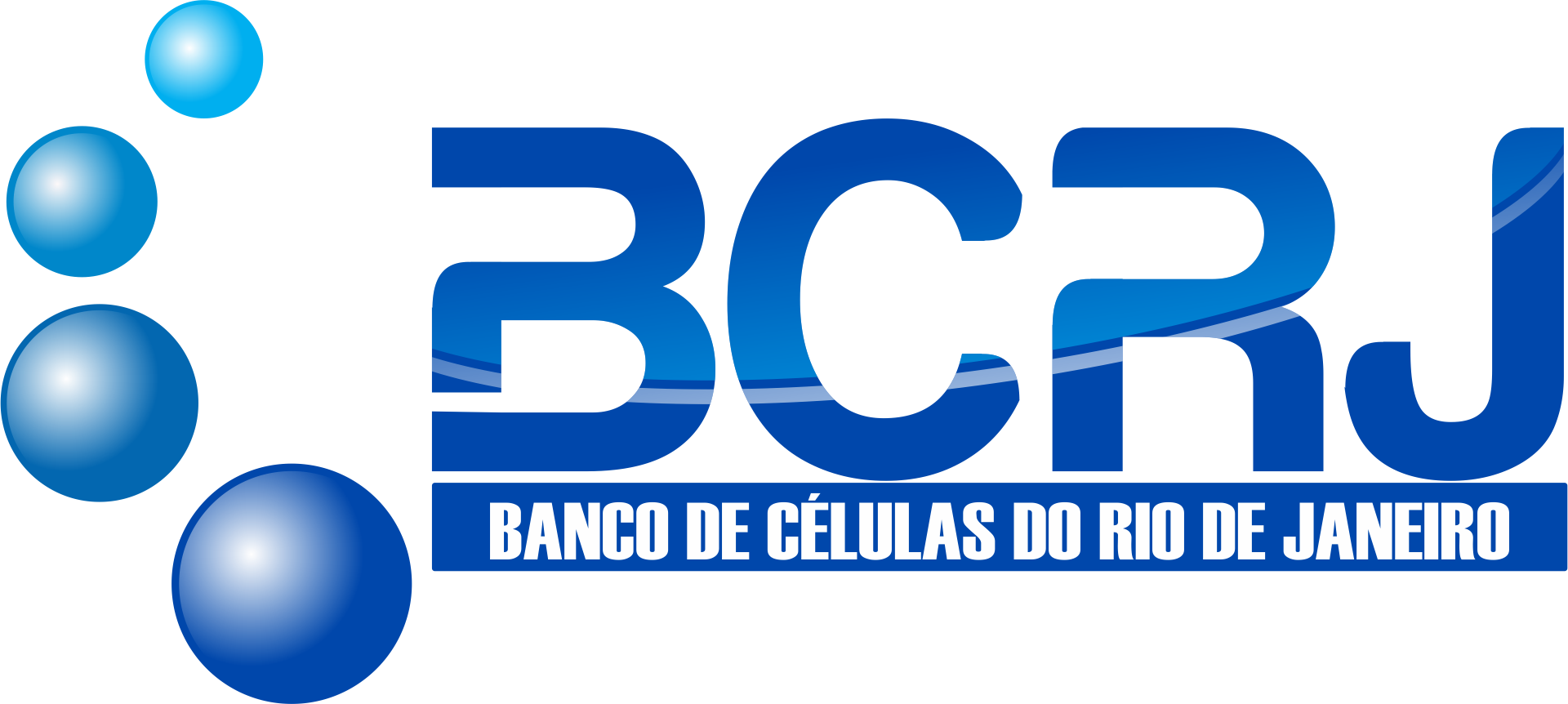| BCRJ Code | 0028 |
| Cell Line | 7D4 |
| Species | Rattus norvegicus (B cell); Mus musculus (myeloma), rat (B cell); mouse (myeloma) |
| Vulgar Name | Mouse / Rat |
| Tissue | Blood |
| Cell Type | Hybridoma: B Lymphocyte |
| Morphology | Lymphoblast |
| Growth Properties | Suspension |
| Derivation | Rats were immunized with the mouse cell line HT-2. Spleen cells were fused with Sp2/0-Ag14 myeloma cells. Antibody binds to IL-2 receptors on activated murine T and B cells. |
| Products | immunoglobulin; monoclonal antibody; against mouse interleukin-2 (IL-2, interleukin 2) receptor (CD25); blocks IL-2 response but does not block binding of IL-2 to the receptor |
| Biosafety | 1 |
| Culture Medium | Dulbecco's Modified Eagle's Medium (DMEM) modified with 4 mM L-glutamine, 4500 mg/L glucose, 1 mM sodium pyruvate and fetal bovine serum to a final concentration of 10%. |
| Subculturing | Cultures can be maintained by addition of fresh medium. Alternatively, cultures can be established by centrifugation with subsequent resuspension at 1 x 10e5 viable cells/mL. Maintain cultures at a cell concentration between 1 x 10e5 and 1 x 10e6 cells/mL. NOTE: Do not allow the cell concentration to exceed 1 x 10e6 cells/mL. |
| Subculturing Medium Renewal | Every 2 to 3 days |
| Culture Conditions | Atmosphere: air, 95%; carbon dioxide (CO2), 5% Temperature: 37°C |
| Cryopreservation | 95% FBS + 5% DMSO (Dimethyl sulfoxide) |
| Thawing Frozen Cells | SAFETY PRECAUTION:
It is strongly recommended to always wear protective gloves, clothing, and a full-face mask when handling frozen vials. Some vials may leak when submerged in liquid nitrogen, allowing nitrogen to slowly enter the vial. Upon thawing, the conversion of liquid nitrogen back to its gas phase may cause the vial to explode or eject its cap with significant force, creating flying debris.
NOTE: It is important to avoid excessive alkalinity of the medium during cell recovery. To minimize this risk, it is recommended to place the culture vessel containing the growth medium in the incubator for at least 15 minutes before adding the vial contents. This allows the medium to stabilize at its normal pH (7.0 to 7.6). |
| References | Malek TR, et al. Identification and initial characterization of a rat monoclonal antibody reactive with the murine interleukin-2 receptor-ligand complex. Proc. Natl. Acad. Sci. USA 80: 5694-5698, 1983. PubMed: 6412230 Ortega G, et al. The murine IL2 receptor. I. Monoclonal antibodies that define distinct functional epitopes on activated T cells and react with activated B cells. J. Immunol. 133: 1970-1975, 1984. PubMed: 6206144 |
| Depositors | Oberdan Leo, Laboratoire d'Immunologie, Departement de biologie Molecularie, universite Libre de Bruxelles, Rhode-St-Genese, Belgium. |
| Cellosaurus | CVCL_4497 |



